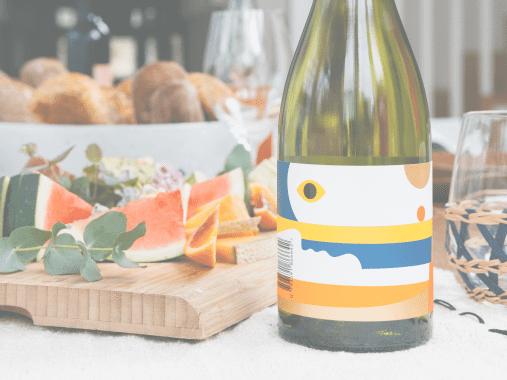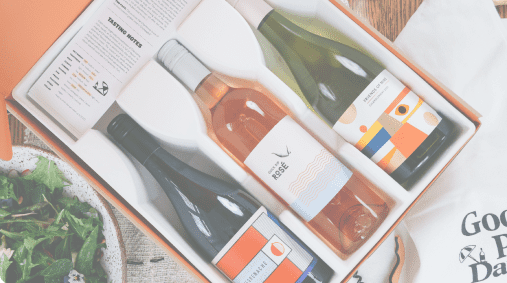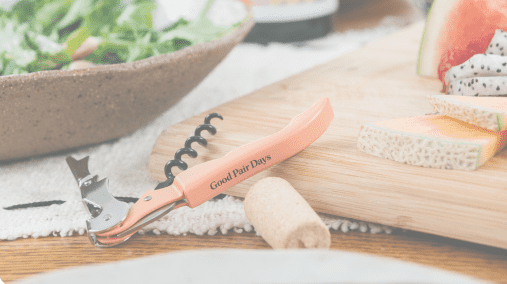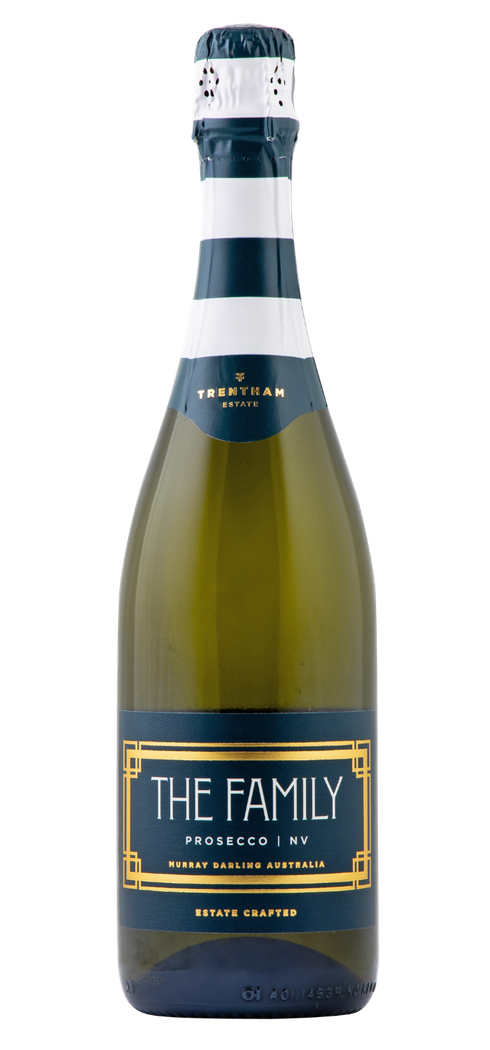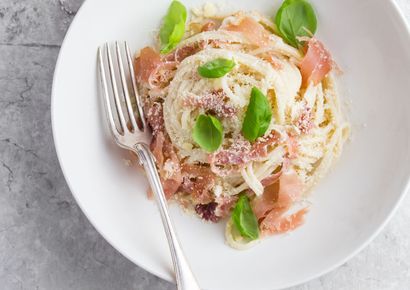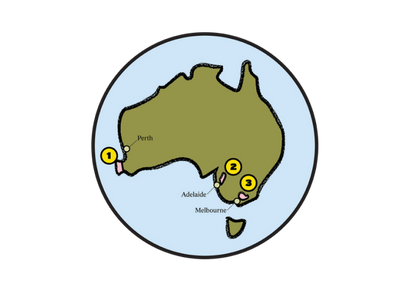Trentham 'The Family' Prosecco NV
Primary flavours

Apple

Citrus

Peach

Rock Melon

Nuts

Salt
Details
Pop the cork on this beauty and your nose will quickly awaken to its fruity aromas of honeydew melon, green apple and pear. 'The Family' Prosecco has everything we look for in this style of wine; it's vibrant, easy-drinking, and lively. Not to mention, a total crowd-pleaser on the days when we're in a mood to share...
Origin: There’s a small village called Prosecco near Trieste, in Friuli, Italy. Mainly Grown In: Prosecco can only come from either the Friuli or Veneto regions, in the north-east of Italy. Key Facts: Prosecco is THE sparkling wine of Italy. Sure, they make other fizzy stuff, but Prosecco is the most produced and the best known. The main grape is known as Glera these days (confusingly enough it was formerly known as Prosecco), but was changed in an attempt to keep Prosecco strictly Italian. It’s often a touch sweeter than other sparkling wines, but just in a fruit-forward kind of way, not a dessert-wine kind of way. It’s made slightly differently to Champagne and traditional method wines, and always shows off keen acidity, a lovely yellow apple and pear kind of flavour and is inherently refreshing. Fun Fact: We don’t know who said ‘espresso then prosecco’, but we think it’s a great motto for Saturdays.
Origin: There’s a small village called Prosecco near Trieste, in Friuli, Italy. Mainly Grown In: Prosecco can only come from either the Friuli or Veneto regions, in the north-east of Italy. Key Facts: Prosecco is THE sparkling wine of Italy. Sure, they make other fizzy stuff, but Prosecco is the most produced and the best known. The main grape is known as Glera these days (confusingly enough it was formerly known as Prosecco), but was changed in an attempt to keep Prosecco strictly Italian. It’s often a touch sweeter than other sparkling wines, but just in a fruit-forward kind of way, not a dessert-wine kind of way. It’s made slightly differently to Champagne and traditional method wines, and always shows off keen acidity, a lovely yellow apple and pear kind of flavour and is inherently refreshing. Fun Fact: We don’t know who said ‘espresso then prosecco’, but we think it’s a great motto for Saturdays.
Read more
Taste Profile
This wine’s tasting notes.
Sweetness

lowmediumhigh
Body

lightmediumfull
Fruitiness

nonesomelots
Tannins

lowmediumhigh
Acidity

lowmediumhigh
Oak

nonesomelots
Alcohol

low
(under 12%)medium
(12-14%)high
(14%+)
Taste Summary
This wine’s tasting notes are leaning towards medium bodied, low sweetness, with medium acidity, very fruity, low tannins, low alcohol and no oak.
Specs
Region
Murray Darling
country
Australia
Grape type
Prosecco
Wine Maker
Trentham Estate
Alcohol
11%
Vintage
NV
Cellar period
1-3 years
Production method
Conventionally Made
State
NSW
Pairing guide
Who doesn’t love a cold, sparkling glass of Prosecco with their dinner? When it comes to food pairing, this wine is about as versatile as it’s possible to be, making a real favourite in kitchens all across the world. We especially love this bottle of bubbly with classic Italian cured meats, or elegant light dishes such as stuffed mushrooms and patés. Prosecco is great for cutting through fat, and loves creamy sauces, fried fare (Prosecco and French fries is our definition of binge-food heaven), and fried spicy Asian dishes like pakoras and samosas. Basically, it goes with more or less anything… so feel free to experiment as wildly as your taste buds desire!
Read more
Food

Seafood

Cured Meat

Paté

French Fries
Tastes

Crisp
Moods

Celebratory

Romantic

Excited
Seasons

Summer
Recipe Matches
Wine region

Murray Darling, Australia
The Murray Darling wine region is one of the three that is the backbone of the Australian wine industry, alongside the Riverland and Riverina. The Murray Darling is situated along the Victorian and NSW border with Mildura being the centre. Whether it is grapes or oranges and other fruit, this is the place to find them. It's a hot and dry area with long, hot summers and cool winters, making it the perfect spot for growing grapes. Aside from the commercial wineries that source a large amount of fruit from this region, there is also a growing scene of alternative varietals thanks to wineries like Chalmers.
Read more









